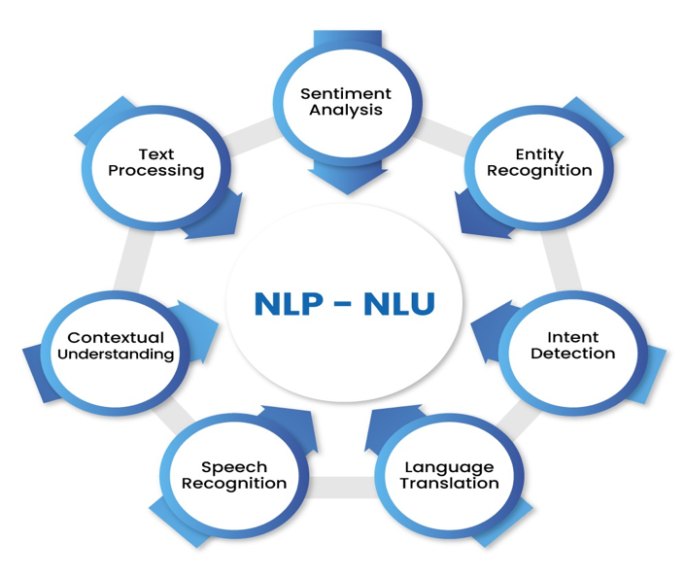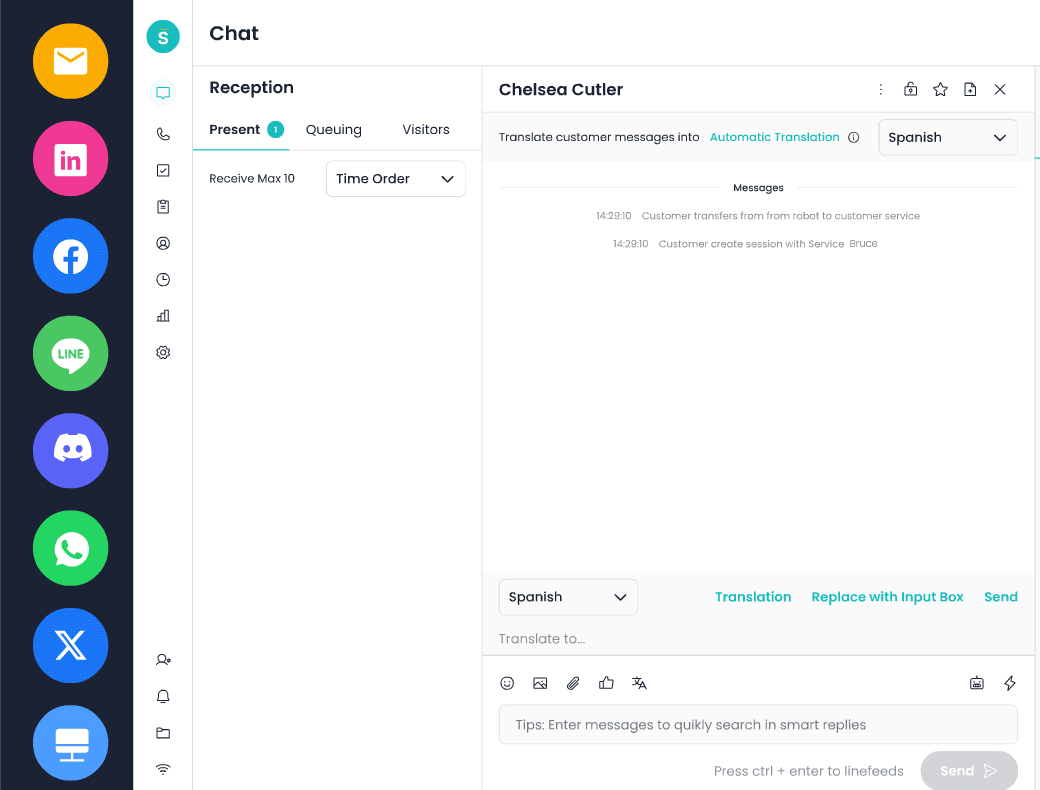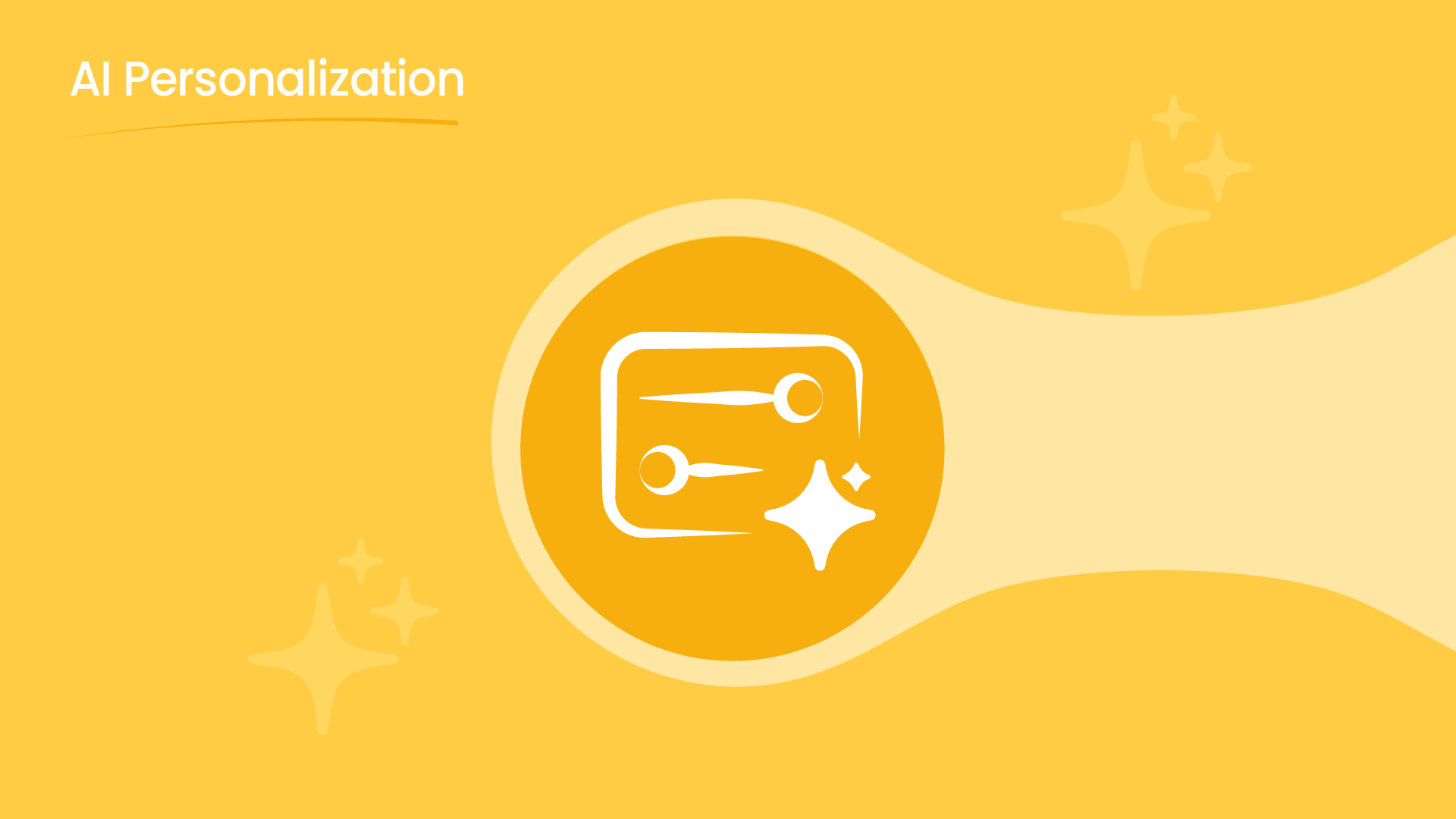The primary constituents of AI, NLP, and NLU provide the capacity for machines to handle human language meaningfully. These technologies are usually at the core of many AI applications requiring text and speech processing, such as chatbots, virtual assistants, and translation systems. While both NLP and NLU have something to do with language, they differ in the aspect under consideration for understanding and interpreting human communication.
The Role of Language Processing in AI and Machine Learning
Language processing plays an immense role in AI and machine learning, given that it allows systems to understand and generate human language. Ideally, NLP addresses the broader task of text data processing and analysis, enabling machines to handle different language-related tasks. It applies various machine learning algorithms, which are used in training the models over vast datasets so that they may learn multiple patterns and nuances within the language. It has thus enabled AI systems to classify texts, analyze sentiments, and even generate text.
Difference Between NLP and NLU
| Aspect | NLP (Natural Language Processing) | NLU (Natural Language Understanding) |
| Scope and Focus | Broad focus on processing and analyzing natural language data | Narrow focus on understanding the meaning and intent of language |
| Functionality | Handles structural aspects like syntax, grammar, and text processing | Concentrates on semantic understanding and context interpretation |
| Output | Generates processed text, tokens, or translated content | Produces a deeper understanding of intent, entities, and context |
| Key Tasks | Includes tasks like tokenization, translation, sentiment analysis | Focuses on intent detection, entity recognition, and context analysis |
| Application Examples | Used in tasks like machine translation and speech recognition | Applied in chatbots, voice assistants, and sentiment understanding |
Core Techniques and concepts
Some of the core components and techniques involved in NLP, which become necessary in the processing and understanding of language data, include :
Tokenization
Breaking down texts into tokens, such as words or phrases. It is one of the most crucial text analysis and processing processes since it separates this text into manageable units.
Stemming
A process whereby words are reduced to their base form; for instance, the word “running” would be reduced to “run.” This is important in normalizing text and making search and retrieval more efficient.
Lemmatization
The context converts words to their base or dictionary forms, much like stemming. For example, “better” is lemmatized to “good.” Compared to stemming, normalization can be more accurate with lemmatization.
Syntax Analysis
Syntax analysis involves examining grammatical structure to establish relationships between words. It also involves parsing sentences in search of parts of speech and syntactic structures.
Parsing
Parsing involves analysis by breaking down the structure of sentences to comprehend grammatical relationships between the parts that make up a sentence. Parsing aids in identifying sentence components such as a subject, a predicate, and objects.
Sentiment Analysis
This identifies a text’s sentiment or emotional tone. It measures opinions and attitudes from user reviews, social media posts, and other text data.
NER, or Named Entity Recognition
It is a process where named entities appearing in a text are identified and classified, such as persons, organizations, locations, and dates. NER helps one get better information from unstructured data.
Intent Detection, Entity Extraction
In the proposed system, users’ intention to conduct queries if detected, extracting relevant entities from the text becomes one of the most crucial tasks in virtual assistants and customer support chatbots.
Role of Context
Knowing the context in which certain words or phrases have been used helps us understand them correctly. Context analysis helps iron out ambiguities, leading to better comprehension.
Ambiguity Resolution
Ambiguous language is handled to ensure proper interpretation. This mainly comprises the disambiguation of certain words or phrases that may mean different things depending on the context.
Applications of NLP
There are immense applications of NLP in the following domains:
Chatbots and Virtual Assistants
These enhance user interactions by responding to queries on their own. With NLP, chatbots can understand only the meaning of something and compose responses like humans.
Translation Services
Text in one language gets altered into another language. Many ways have been attempted to use NLP to advance the research domain and improve accuracy and fluency in machine translation systems.
Sentiment Analysis
This measures feelings based on social media posts, product reviews, or customer feedback. It helps a business understand customers’ thought processes and improve services.
Definition of NLU
The central idea of NLU is to grasp the meaning and intent of languages. It analyzes text semantically to learn users’ intentions and all nuances regarding context. This could allow the NLU to extract meaning from language in a way reasonably close to human understanding, thus enabling complicated interaction with the computer.
Encompassing Limits of NLU in NLP
It would involve limitations regarding complete contextual understanding, dealing with ambiguous language, and deciphering complex human emotions. So, while NLU might attempt to have in-depth knowledge in those instances, it may need more subtlety and context in many ways.
Role of Semantic Understanding in NLU
Semantic understanding is the backbone of NLU, where meaning is given to words and sentences; it also captures intent, context, and subtlety associated with language communication. This allows the NLU system to generate more accurate and relevant outputs in context.
Applications of NLU
Following are some of the applications of NLU:
Virtual Assistants
Virtual assistants deploy NLU to understand customer queries while delivering responses related to those queries. This is continuously enhanced because complex queries can be handled and the correct information delivered correctly with the help of NLU.
Automated Customer Support
It deploys context-aware assistance in understanding customer queries and offering appropriate solutions. NLU enhances the efficiency and effectiveness of automated support systems.
Sentiment analysis with deeper understanding
Deeper sentiment understanding means deeper and subtler sentiment analysis; it is context—and subtlety-driven. That is fundamentally what NLU does: it allows sentiment analysis to be more correct by considering what the text means and in what context.

The above figure gives an overview of the applications of NLP and NLU.
While NLP is about processing and generating language, NLU focuses on understanding and interpretation. These differences affect business and healthcare, among other areas, in that NLP applications can automate customer service tasks. At the same time, with NLU, the responses go even further in terms of accuracy and even in interactions. In the health area, NLP does allow data to be extracted from patient medical records.
In contrast, with NLU, it increases even in interpreting patient queries and medical texts. While NLP powers chatbots and automated responses, NLU would provide more contextually relevant and appropriate support.
Common Issues with NLP/NLU
One of the challenges people face is ambiguity in the language used. But much also needs to be done to remove bias from language models so that people understand contexts accurately. Biased language models are bound to ensure unfair or inaccurate outcomes, which, in turn, might raise questions related to ethical motives.
Ethical Issues
These are ethical issues relating to language models, which can be biased, questions of fairness, and the misuse of AI technologies. In their development, these are concerns that have to be taken into consideration to offer systems that are appropriate, responsible, and equitable.
Future Advancements in NLP/NLU
While this may be the case, there is a likelihood of improvement in the future on aspects such as the integrity of language modeling and a more profound understanding of context and nuances. Researchers continue to work on overcoming current limitations and pushing the envelope on what is possible with NLP and NLU.
The need for better capabilities in understanding and communicating human language has been felt in developing AI, be it NLP or NLU. While NLP encompasses a wide range of activities in language processing, NLU goes much deeper into semantic understanding. These two thrilling facets of developing technologies brighten prospects for shaping AI communications in languages and comprehending the language.






